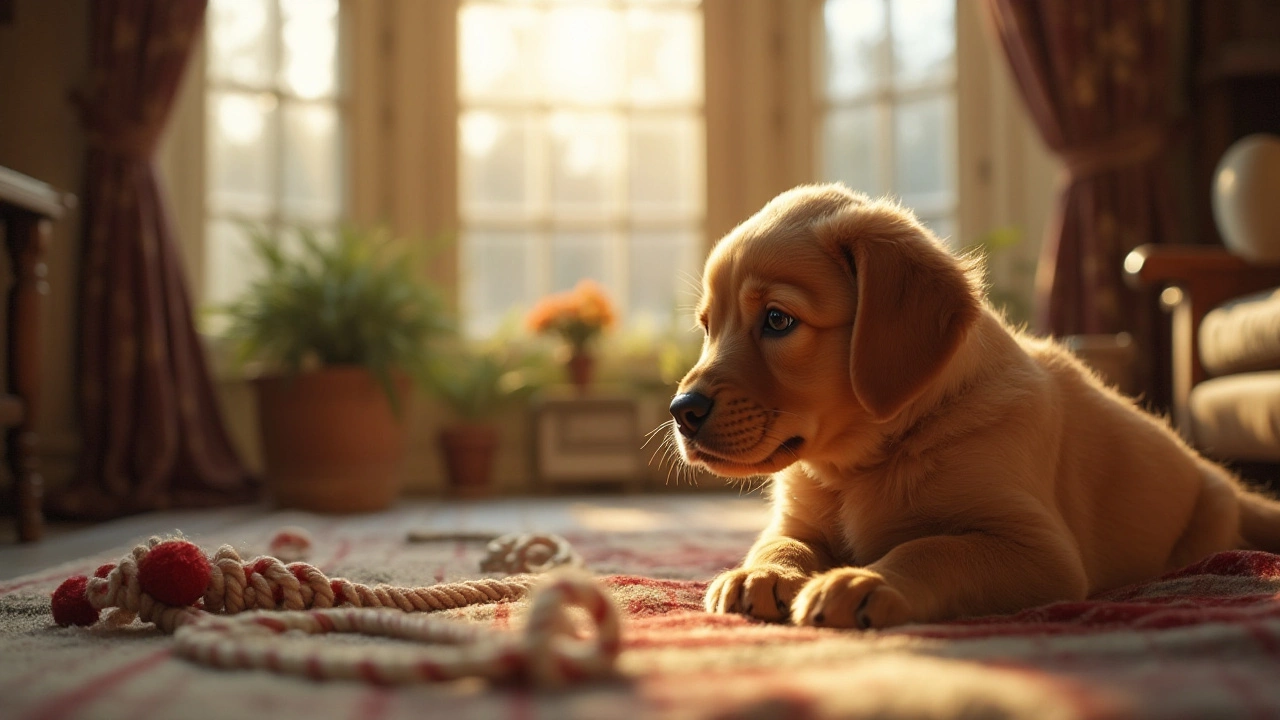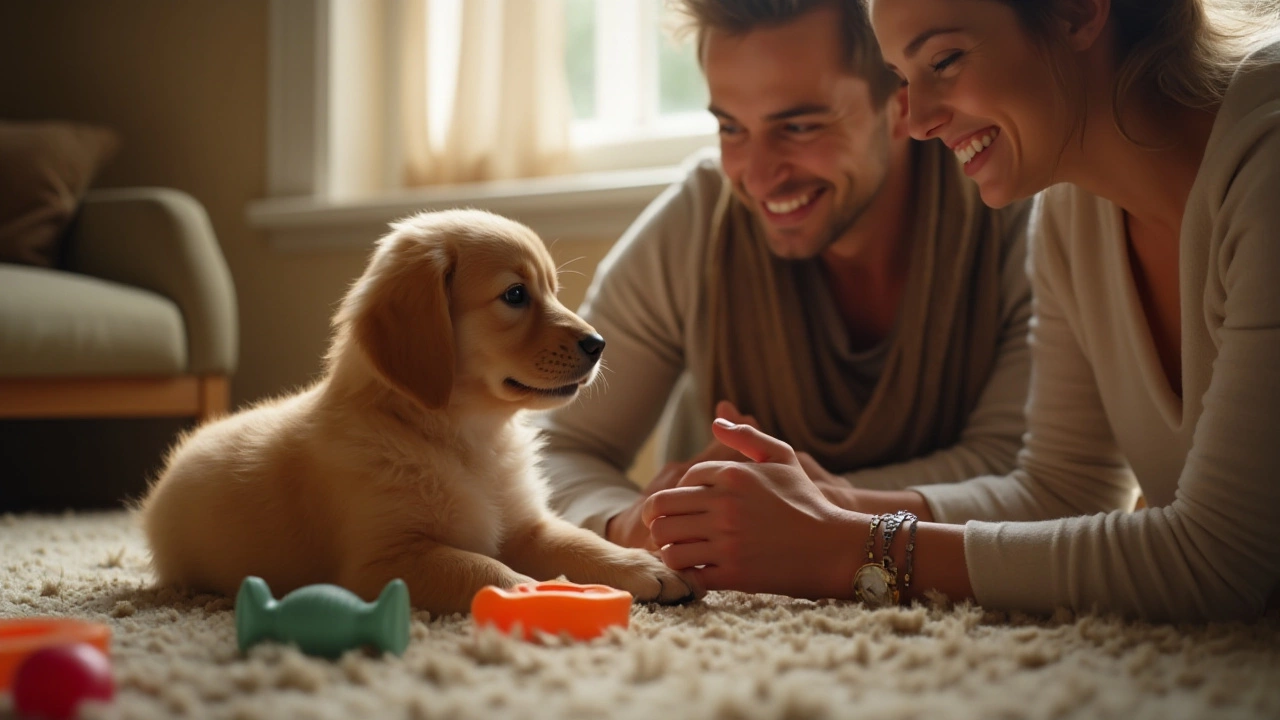Dog Toys: Find the Perfect Playthings for Your Pup
If your dog paws at the floor or chews on shoes, it’s begging for a toy that satisfies its natural instincts. A good dog toy isn’t just a distraction – it can keep teeth clean, burn extra energy, and even calm anxiety. Below you’ll get straight‑forward advice on why toys matter, what types work best, and how to pick the right one without wasting money.
Why Good Toys Matter
Dogs have three basic drives: chew, fetch, and puzzle. When a toy matches one of these drives, the dog gets mental and physical workout in a single bite. Chew toys protect furniture by giving a safe outlet for gnawing. Fetch toys let your pup run, which helps control weight and supports joint health. Puzzle toys make the brain work, reducing boredom‑related behaviors like barking or digging.
Research from veterinary behaviourists shows that dogs with regular enrichment are less likely to develop stress‑related issues. A simple rubber ball can turn a lazy afternoon into a confidence‑boosting play session. And when you pair a toy with a treat from Galloway Gourmet Dog Treats, you get a double reward that keeps training sessions quick and fun.
How to Choose the Right Toy
Size matters. A toy that’s too small can be swallowed; too large may be hard to grip. Measure your dog’s muzzle and choose a toy that’s about the same length as their nose.
Material counts. Hard nylon works for strong chewers, while softer rubber is better for puppies and older dogs with sensitive teeth. Avoid toys with tiny parts that could break off.
Activity level. High‑energy breeds like Border Collies love fast‑moving fetch toys. Low‑energy dogs might prefer a slow‑roll ball or a plush toy they can snuggle with.
Safety first. Look for toys labelled “non‑ Toxic” and “lab‑tested”. Check for sharp edges before giving it to your dog.
Once you’ve picked a toy, introduce it gradually. Toss it a short distance, let your dog sniff it, and reward with a tiny treat when they engage. If they lose interest quickly, try a different texture or shape – every dog is unique.
Remember to rotate toys every few weeks. A fresh toy feels like a new adventure and keeps the excitement high. Store the old ones in a box and pull them out later for a surprise.
In short, the best dog toys are safe, the right size, and match your dog’s natural instincts. Pair them with tasty, natural treats from Galloway Gourmet Dog Treats, and you’ll see a happier, calmer, and healthier companion.

Can You Safely Leave a Puppy Alone for 8 Hours? Tips and Toys for Happy Puppies
Leaving a puppy alone for an extended period can be challenging for both the owner and the pet. Young dogs have specific needs and require a lot of attention and care, especially in their formative months. By choosing the right toys and taking certain precautions, owners can ensure that their puppies are comfortable when alone. It's crucial to understand a puppy's needs, how to keep them entertained, and when it's safe to leave them alone for extended periods.
View more
When Do Puppies Start Responding to Commands?
Training a puppy to obey commands is a crucial aspect of pet ownership. Puppies can start learning basic commands as early as eight weeks old, although patience and consistency are key. Using toys can aid in reinforcing obedience by providing visual and tactile cues. This article explores the timeline of puppy obedience, offering tips on incorporating toys to make training both effective and enjoyable.
View more